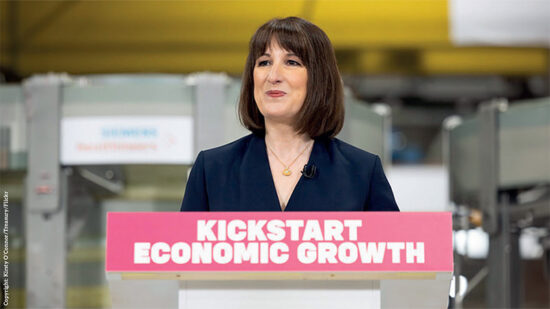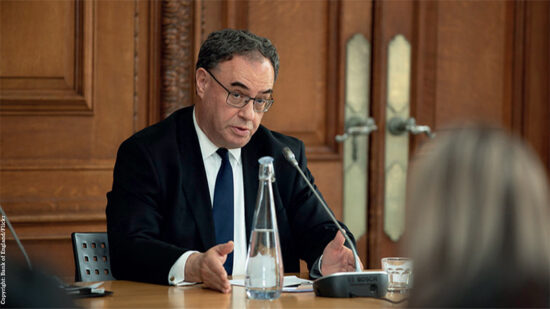Nigel Callin, managing director of Fedelta, an Isle of Man-based SIPP and SSAS specialist, said his firm has written to HM Revenue & Customs for clarification on whether a lump sum can be taken using the original value of the transferred funds or at the point the investor is to take benefits.
Callin’s reservations follow the launch of the Trinity Plan by Boal & Co. at the beginning of November which offers investors the option of taking up to, or in excess of, 70% of their pension as a lump sum.
When launching the product, Boal & Co., used an example where a person aged 45, transfers a pension worth £200,000 into Trinity. When the investor comes to retire at 65, the sum has reached £600,000 with investment growth.
Assuming all HMRC stipulations are met, such as being non-UK tax resident for at least five years, they must also use at least 70% of the transfer value – amounting to £140,000 – to provide a retirement income. The remainder, £460,000, is able to be taken as a lump sum.
However, Callin said this was not the intended use of the Isle of Man’s 50C pension arrangements and described marketing material printed by some firms as “sensationalised”.
He said: “We sat on the working party tasked with overseeing the introduction of 50C and the ability to pay a lump sum of more than 30% following a transfer from a UK Registered scheme was not a feature that was asked for nor considered by the working party; this is simply a by-product of the drafting which was done to follow the UK wording and ensure that 50C was fully QROPS compliant.”
Callin is also critical of the way the products have been marketed, even if the assumption is correct, and said there has so far been “no attempt to show the other side of the coin” and the usual “health warning that investments can fall as well as rise is highly conspicuous by its absence.”
To illustrate his point, Callin used a different example where a member transfers £1m from his UK pension into a QROPS and invests the entire fund in a FTSE 100 tracker product when the index is at 5900. Over the following months the index falls to 4130 and consequently the fund falls to £700,000 at which point the member decides to take his benefits.
If this where the case, said Callin, and based on the assumption that 70% of the pension at transfer value can be taken as a pension for life, the investor would receive nothing as a lump sum.
“Accepting the fact that trustees would probably not invest the whole fund in a FTSE tracker, this example does demonstrate that interpreting HMRC guidance in this way may result in an altogether less favourable position for the member and marketing literature should therefore reflect this,” added Callin.








